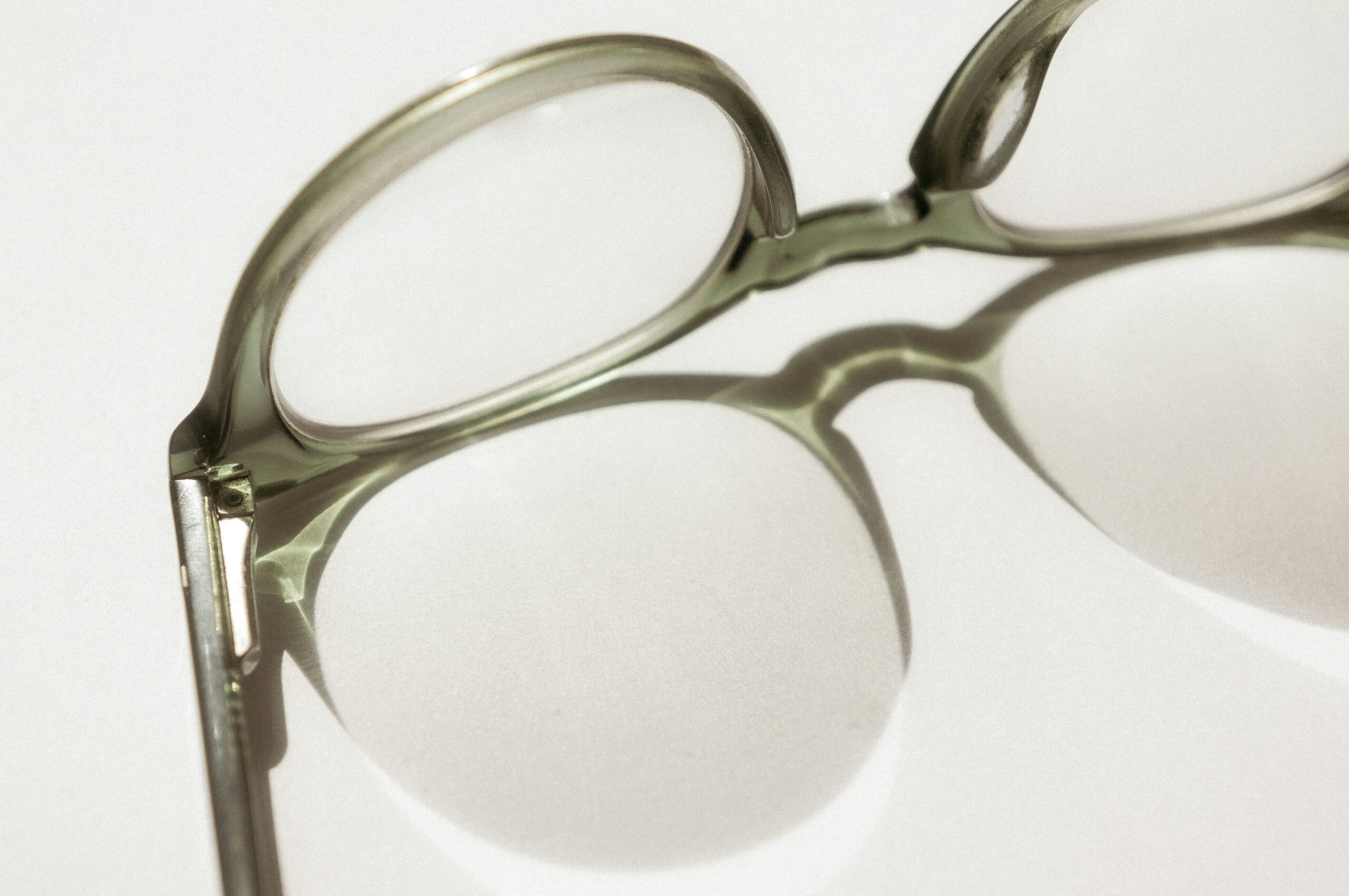You may have heard of hunting optics, but do you really know what they are and why they are important? Hunting optics refer to a range of tools and technologies designed to enhance the visual experience of outdoor enthusiasts, particularly hunters. From binoculars to rifle scopes, these optics provide a clearer and more detailed view of the surroundings, improving accuracy and allowing hunters to spot targets from a distance. In this article, we will explore the world of hunting optics, discover their various types, and understand why they play a crucial role in the success and safety of every hunting expedition. So, get ready to elevate your hunting game as we delve into the fascinating world of hunting optics!
Understanding Hunting Optics
Hunting optics refer to the use of specialized optical devices such as rifle scopes, spotting scopes, binoculars, and rangefinders to enhance the visual capabilities of hunters. These devices are essential tools that allow hunters to better observe their surroundings, determine distances accurately, improve shot placement, and ensure safety during hunting expeditions. Understanding the different types of hunting optics and their respective functions is crucial for any avid hunter looking to enhance their hunting experience.
Definition of Hunting Optics
Hunting optics encompass a range of devices designed to aid hunters in improving their visual capabilities during hunting activities. These devices are specifically crafted to enhance vision, determine distances, increase accuracy, and ensure safety. By utilizing hunting optics, hunters can greatly enhance their ability to spot targets, assess their surroundings, and make precise shots, resulting in a more successful and enjoyable hunting experience.

Types of Hunting Optics
Rifle Scopes
Rifle scopes are arguably the most popular and commonly used hunting optics. These devices are designed to be mounted on a hunting rifle, providing magnification and a reticle for accurate aiming. Rifle scopes allow hunters to precisely acquire their targets at various distances by providing a clear and magnified image of the target. These scopes come with adjustable magnification settings and often incorporate additional features such as illuminated reticles and bullet drop compensators.
Spotting Scopes
Spotting scopes are high-powered telescopes primarily used for long-range observation and target identification. They are commonly used in hunting scenarios where identifying game from a distance is crucial. Spotting scopes provide higher magnification than binoculars and are typically mounted on a tripod for stability. They offer better detail and clarity at extended ranges, enabling hunters to carefully assess the quality of the target and make informed decisions before proceeding with a shot.
Binoculars
Binoculars are a versatile tool for hunters, offering a wider field of view compared to spotting scopes or rifle scopes. They provide hunters with enhanced visual perception, allowing for quick scanning of the surrounding area and spotting targets in close proximity. Binoculars come in various sizes and magnification levels, making them suitable for different types of hunting situations. Their portability and ease of use make them a popular choice among hunters.
Rangefinders
Rangefinders are invaluable tools for determining distances accurately. These devices utilize laser technology to measure the precise distance between the hunter and the target. By knowing the exact distance, hunters can make necessary adjustments to their shots for improved accuracy. Rangefinders often come with additional features such as angle compensation, which takes into account the angle of the shot and provides the hunter with the corrected distance. Rangefinders greatly enhance the accuracy and efficiency of a hunter’s shots.
The Importance of Hunting Optics
Enhances Vision
Hunting optics play a crucial role in enhancing a hunter’s vision capabilities. By providing magnification and clarity, these devices allow hunters to see details that would otherwise be difficult to discern with the naked eye. The ability to spot game clearly and identify crucial details such as antler size, gender, or behavioral patterns greatly improves hunting success.
Determines Distance
Accurately determining the distance between the hunter and the target is crucial for making precise shots. Hunting optics, specifically rangefinders, enable hunters to measure distances with precision. This knowledge allows hunters to select the appropriate weapon, adjust for bullet drop, or compensate for shot angles. By accurately determining distance, hunters can increase their chances of a successful and ethical kill.
Increases Accuracy
Hunting optics, such as rifle scopes and rangefinders, significantly increase the accuracy of a hunter’s shots. Rifle scopes provide clear and magnified images of the target, allowing for precise aiming and increased shot placement accuracy. Rangefinders, on the other hand, provide distance measurements that enable hunters to make necessary adjustments for bullet trajectory, resulting in improved accuracy and higher success rates.
Ensures Safety
Hunting optics also play a vital role in ensuring the safety of hunters. By using spotting scopes or binoculars, hunters can observe and identify targets from a safe distance, reducing the risk of accidental shots or mistaking non-target animals. Additionally, the enhanced vision provided by hunting optics allows hunters to assess potential hazards such as steep terrains or dangerous game before embarking on a hunting expedition.

Factors to Consider When Choosing Hunting Optics
Choosing the right hunting optics requires careful consideration of various factors. Each type of hunting optic has specific features and specifications that can greatly impact its effectiveness in different hunting scenarios. Here are some essential factors to consider when selecting hunting optics:
Power and Magnification
The power and magnification of hunting optics determine the level of zoom and clarity of the image. Higher magnification is beneficial for long-range shooting or observing game from a distance. However, it may reduce the field of view and limit the ability to quickly acquire targets at closer ranges. Consider the hunting environment and your specific needs to determine the appropriate power and magnification for your hunting optics.
Objective Lens Diameter
The objective lens diameter affects the amount of light entering the optic. A larger objective lens diameter allows more light to enter, resulting in brighter and clearer images, especially in low-light conditions. However, larger objective lenses may add weight and bulk to the optic. Consider the balance between light gathering capability and portability when selecting hunting optics.
Field of View
The field of view refers to the width of the observable area through the hunting optic. A wider field of view allows for better scanning of the surroundings and quick target acquisition. However, a broader field of view may sacrifice the level of detail and magnification. Consider the hunting environment, ranging from open fields to dense forests, to determine the optimal field of view for your hunting optics.
Light Gathering Capability
The ability of hunting optics to gather and transmit light is essential for ensuring clear and bright images, particularly in low-light conditions. Optics with quality lens coatings and larger objective lenses tend to have better light transmission capabilities. Consider the prevailing hunting conditions and the time of day you typically hunt to select optics that excel in low-light environments.
Durability
Hunting optics must withstand the rigors of hunting, including exposure to harsh weather conditions, impacts, and rough handling. Optics constructed with durable materials such as aircraft-grade aluminum or magnesium alloy tend to be more resistant to damage. Consider the durability features of hunting optics, including waterproofing, fogproofing, and shock resistance, to ensure their longevity and reliability in the field.
Price
Hunting optics come in a wide range of prices, with varying levels of quality and features. Set a budget and consider the cost-effectiveness of each optic based on its performance, durability, and suitability for your hunting needs. It is important to strike a balance between affordability and acquiring optics that meet your requirements and expectations.
How Hunting Optics Enhance Vision
Magnification Feature
One of the significant ways hunting optics enhance vision is through their magnification feature. Optics such as rifle scopes and spotting scopes provide variable magnification levels, allowing hunters to zoom in on targets and observe them with greater clarity. This enhanced magnification enables hunters to identify crucial details, assess animal behavior, and make informed decisions before taking a shot.
Light Transmission
Hunting optics with quality lens coatings and larger objective lenses excel at transmitting light, significantly enhancing vision in various lighting conditions. The ability to gather and transmit light effectively ensures brighter and clearer images, even during low-light periods such as dawn or dusk. By maximizing light transmission, hunters can spot game more easily and enjoy improved visibility even in challenging lighting conditions.
Picture Clarity
Hunting optics with high-quality lenses and optical coatings contribute to picture clarity. These lenses minimize chromatic aberrations, distortions, and other optical imperfections, resulting in sharp and true-to-life images. Crystal-clear picture clarity allows hunters to accurately assess target size, behaviors, and vital details, ensuring ethical and precise shooting.
Focusing Feature
Hunting optics often come equipped with a focusing feature, enabling hunters to fine-tune the image to their personal visual acuity. This feature allows hunters to adjust the focus to compensate for individual differences in eyesight, ensuring optimal clarity and sharpness. With the ability to focus their hunting optics according to their specific needs, hunters can enjoy a customized visual experience and maximize their hunting potential.

Role of Hunting Optics in Determining Distance
Use of Rangefinders
Rangefinders are invaluable tools for accurately determining distances between the hunter and the target. By utilizing laser technology, rangefinders provide precise distance measurements, ensuring accurate shot placement. Hunters can rely on rangefinders to account for bullet drop, calculate required holdovers, or make necessary adjustments for angled shots.
Estimating Distance with Spotting Scopes or Binoculars
While rangefinders provide exact distance measurements, hunters can also estimate distances using spotting scopes or binoculars. By utilizing known reference points or comparing the target’s size with known distances, experienced hunters can develop a rough estimation of the target’s distance. This estimation helps hunters adjust their shots accordingly, especially when rangefinders are not readily available.
Determining Distance using Mil Dots in Rifle Scopes
Many modern rifle scopes come equipped with reticles featuring mil dots. These mil dots allow hunters to estimate target distances based on known dimensions or using known height measurements. By utilizing the mil dot reticle and the target’s apparent size, hunters can make accurate distance estimations and adjust their shots accordingly.
Increasing Accuracy with Hunting Optics
Aiding Aiming with Rifle Scopes
Rifle scopes are specifically designed to aid aiming and increase shooting accuracy. With their magnification capabilities, rifle scopes provide hunters with a clear and focused view of the target. The reticle within the scope helps hunters align their shots precisely, compensating for distance, bullet drop, and windage. By utilizing the aiming aid provided by rifle scopes, hunters can significantly increase their shooting accuracy.
Assessing Target with Spotting Scopes
Spotting scopes, with their high magnification and detailed imagery, allow hunters to thoroughly assess their targets. Hunters can use spotting scopes to study the animal’s behavior, assess its size, age, and even determine if it meets legal hunting requirements. By taking the time to carefully observe the target with a spotting scope, hunters can make sound judgments and ensure ethical hunting practices.
Improving Shot Placement with Rangefinders
Rangefinders play a pivotal role in improving shot placement by providing accurate distance measurements. By knowing the exact distance to the target, hunters can make the necessary adjustments for bullet trajectory, bullet drop, and factors such as wind speed and direction. This information significantly enhances shot placement accuracy, resulting in ethical and successful kills.
Moisture Protection and Hunting Optics
Waterproof Features
Hunting often takes place in unpredictable weather conditions, and exposure to rain or water bodies is inevitable. Hunting optics with waterproof features protect the internal components from moisture damage, ensuring their functionality in wet environments. Waterproofing prevents fogging, mold formation, and internal damage that can significantly impair the performance of hunting optics. Optics with proper waterproofing are essential for maintaining optimal performance and preventing potential failures when venturing into wet hunting terrains.
Fogproof Features
Hunting in areas with significant temperature fluctuations can result in fogging of lenses due to condensation. Fogproof hunting optics are equipped with internal mechanisms, such as nitrogen purging or argon filling, which prevent internal moisture buildup and fog formation. Fogproof features ensure consistent clarity and visibility, even when transitioning between different temperature environments, allowing hunters to maintain focus on their targets without hinderance.
The Role of Lens Coating
Lens coatings on hunting optics serve multiple purposes, including reducing glare, improving light transmission, and protecting the lenses from scratches, dirt, and debris. Anti-reflective coatings reduce unwanted light reflections, enhancing image clarity and reducing eye strain. Protective coatings, such as scratch-resistant coatings, increase the durability and longevity of the lenses. Lens coating technologies have advanced significantly, providing hunters with optics that are more resistant to scratches, water, and oil, ensuring clear vision and optimal performance in the field.
Durability Factors of Hunting Optics
Material Quality
The choice of materials greatly influences the durability of hunting optics. Optics made from high-quality materials such as aircraft-grade aluminum or magnesium alloy are lightweight yet robust, capable of withstanding rough handling and impacts. These materials offer superior strength and longevity, ensuring that hunting optics can withstand the rigors of outdoor use.
Shock Resistance
Durability in hunting optics also encompasses their ability to withstand shocks and impacts. Optics with shock-resistant features, such as reinforced housings or rubber-armored coatings, can withstand accidental drops or bumps without compromising their functionality. Shock-resistant hunting optics are less prone to damage, ensuring their reliability and longevity in demanding hunting environments.
Moisture Protection
Moisture protection is an essential factor in the durability of hunting optics. Optics featuring waterproof and fogproof properties are designed to withstand exposure to rain, moisture, and temperature fluctuations. These features prevent internal damage, such as lens fogging or mold formation, allowing hunters to rely on their optics even in wet and unpredictable conditions.
Lens Protection
The lenses of hunting optics are vulnerable to scratches, dirt, and debris, which can impact clarity and image quality. Optics with protective lens coatings, including scratch-resistant coatings, repel dirt and prevent scratches, ensuring optimal performance and longevity. Lens caps and covers provide additional physical protection when the optics are not in use, further safeguarding against accidental damage.
How to Maintain and Care for Hunting Optics
Proper Storage
Properly storing hunting optics is crucial for their longevity and performance. Store optics in a dry and secure location to prevent moisture damage or accidental impacts. Use protective cases or pouches to shield the optics from dust, dirt, and scratches when not in use. Avoid subjecting optics to extreme temperatures or direct sunlight, as these can cause damage to lenses and other components.
Regular Cleaning
Regular cleaning is essential to maintain the performance and longevity of hunting optics. Use a soft, lint-free cloth or lens cleaning tissue to gently remove dirt, fingerprints, or smudges from the lenses. Avoid using abrasive materials or harsh chemicals that can damage lens coatings. Blow away loose dust before cleaning to minimize the risk of scratching the lenses. Proper cleaning habits ensure optimal image clarity and prevent potential damage to the optics.
Proper Handling and Usage
Proper handling and usage of hunting optics are critical for their longevity and reliability. Avoid dropping or subjecting the optics to unnecessary impacts as these can cause internal damage. Handle optics with clean hands to prevent the transfer of oils or dirt onto the lenses. Additionally, avoid touching the lenses directly to minimize the risk of scratches. Adhere to the manufacturer’s guidelines for mounting, dismounting, and adjusting hunting optics to prevent any accidental damage or misalignment.
In conclusion, hunting optics are essential tools for hunters, enhancing their vision, accuracy, and safety during hunting expeditions. By understanding the types of hunting optics available and considering factors such as magnification, lens diameter, field of view, light gathering capability, durability, and price, hunters can make informed decisions when selecting hunting optics. With the right hunting optics, hunters can experience improved vision, accurate distance estimation, and enhanced shot placement, resulting in more successful and enjoyable hunting experiences. Proper care and maintenance of hunting optics ensure their longevity and optimal performance, allowing hunters to rely on these valuable tools in the field for years to come.
